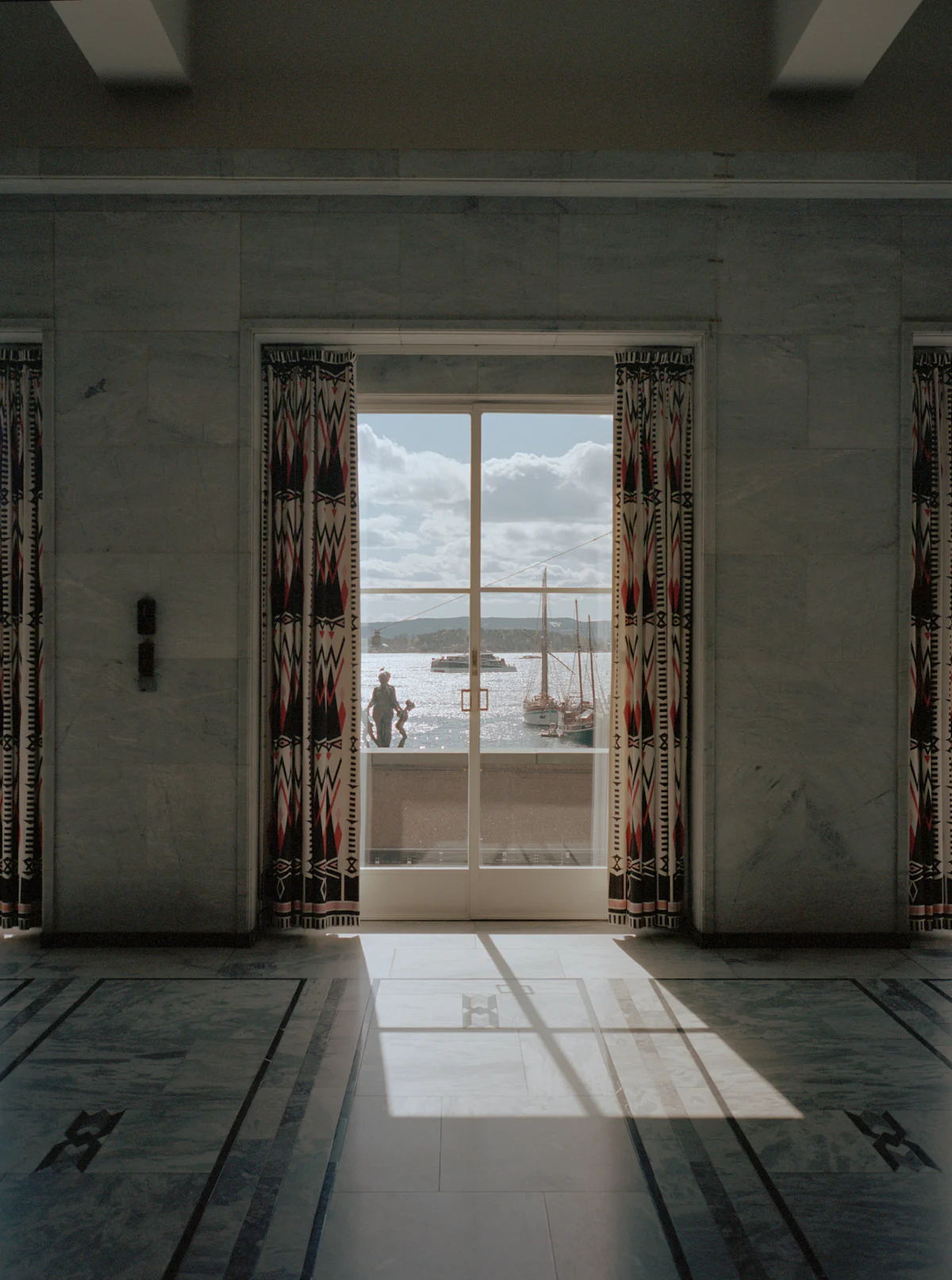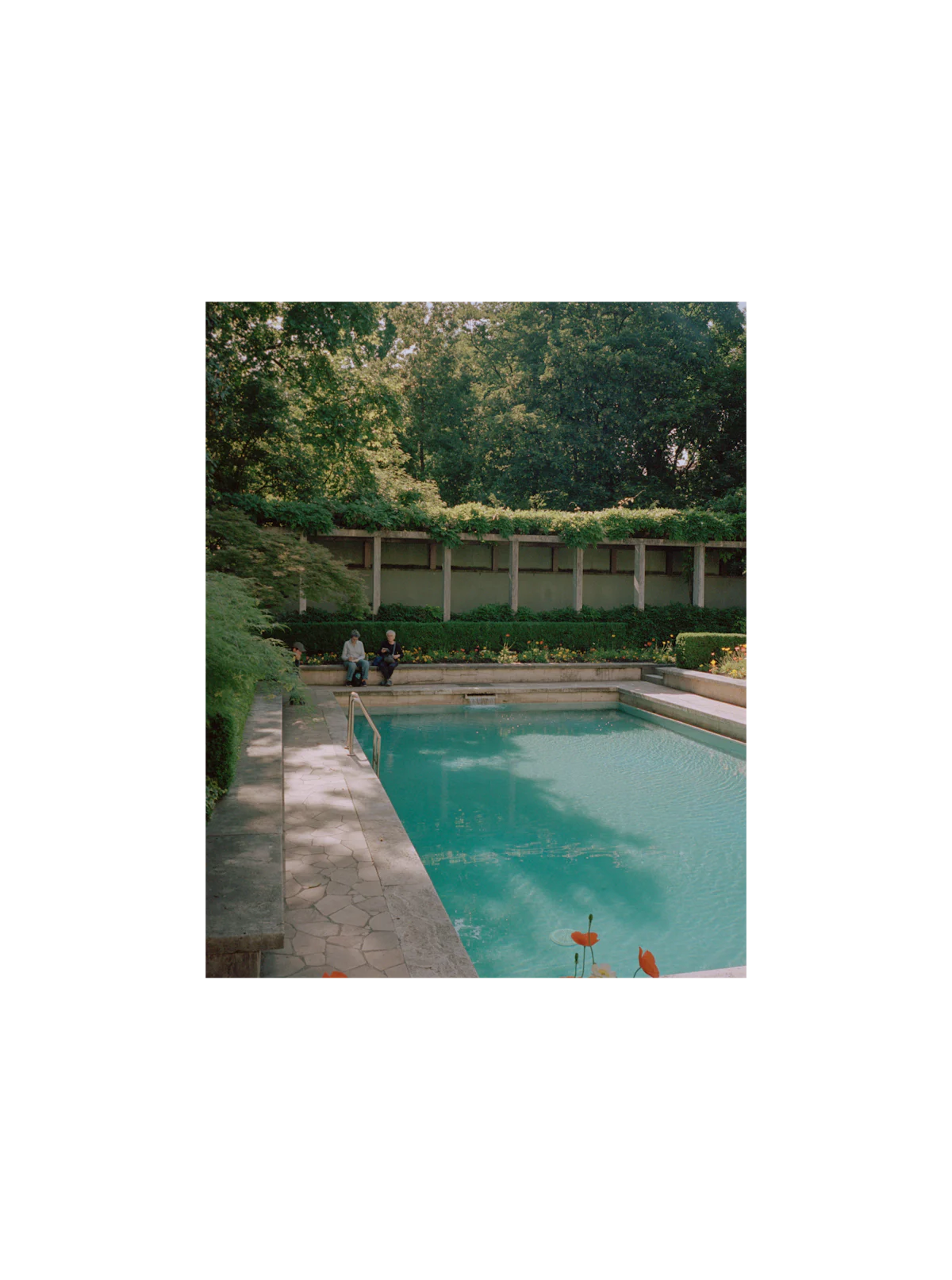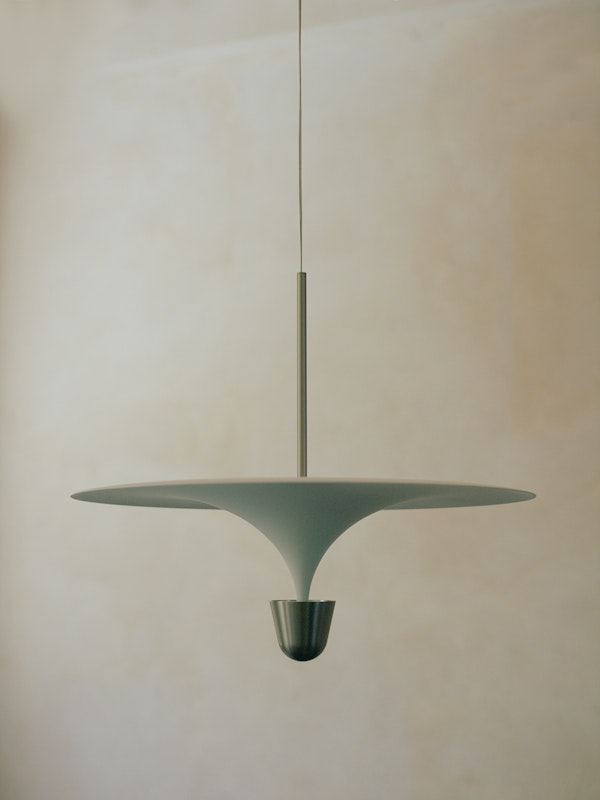In Conversation With Falke
Oslo forms the backdrop for designer Falke Svatun’s work, where sketches on paper evolve into objects that sit between the functional and the reflective. Trained in Sydney, seasoned in Copenhagen, and now rooted in Norway, his approach is one of patience: letting ideas rest until they gain weight, until they feel enduring. Falke’s design language draws on the everyday - those familiar forms we return to, the fragments of memory that resurface - and transforms them through subtle shifts in material, light, and scale.

For this piece, we met with Falke Svatun in his hometown, Oslo, delving into the themes of nomading, design, and the impact of everyday objects - those that quietly shape our routines and those we carry with us for life. He guided us through the city, pointing out places of personal significance and sharing a few of his hidden gems along the way. In conversation, he describes his process as a rhythm - part sketchbook, part ritual - always attentive to the balance between what serves a function and what lingers.
How do you balance utility and abstraction in your work?
I try to let the function lead, but not define. A lamp, for example, needs to provide good light, but it can also be something more – a shape that invites you to pause, or an object that changes how you experience a space. For me, abstraction is what makes a useful object linger in your memory. It’s that element of surprise or thoughtfulness that transforms something practical into something you form an emotional connection with.
You've mentioned that your ideas often start with sketches on paper - what does that first moment look like?
It’s usually very quick, almost like a note to myself. A line or two, sometimes no more than a shape I want to remember. The drawing isn’t about precision; it’s about catching that first thought before it disappears. From there, ideas often take me in new directions I wouldn’t have reached if I hadn’t started sketching. Sometimes those early sketches are rough or messy, but they carry a freedom that more polished work can’t always capture.
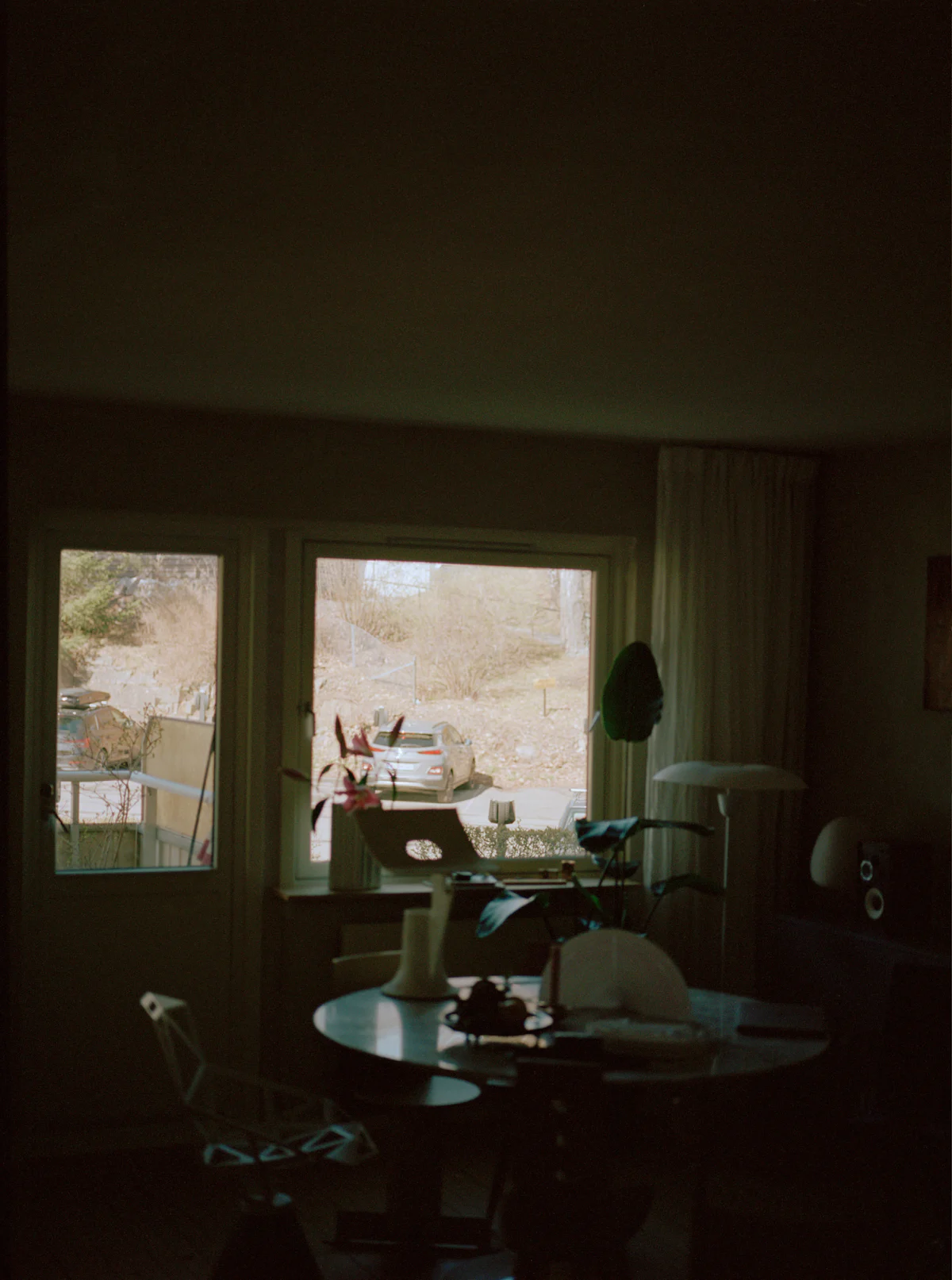
Do you have small rituals that help you think or create?
I often sketch in the evening, after work is done, almost as a way to empty my head. I also like stepping away from the computer to work with my hands - making small models or experimenting with materials. That hands-on approach helps me see things in a new way.
You’ve studied in Sydney, worked in Copenhagen, and returned to Oslo - how has moving between these places shaped your way of seeing?
Sydney gave me a more open view on design, with a mix of cultures and influences that felt less bound by tradition. In Copenhagen, I learned precision and discipline, and the value of refining things repeatedly. Coming back to Oslo, I feel freer to combine those experiences in my own way.
Is there something in Norway’s light, nature, or culture that finds its way into your work?
Yes, the light is always changing with the seasons – sharp in summer, soft in winter. That constant shift has made me think a lot about how artificial light can shape a room.
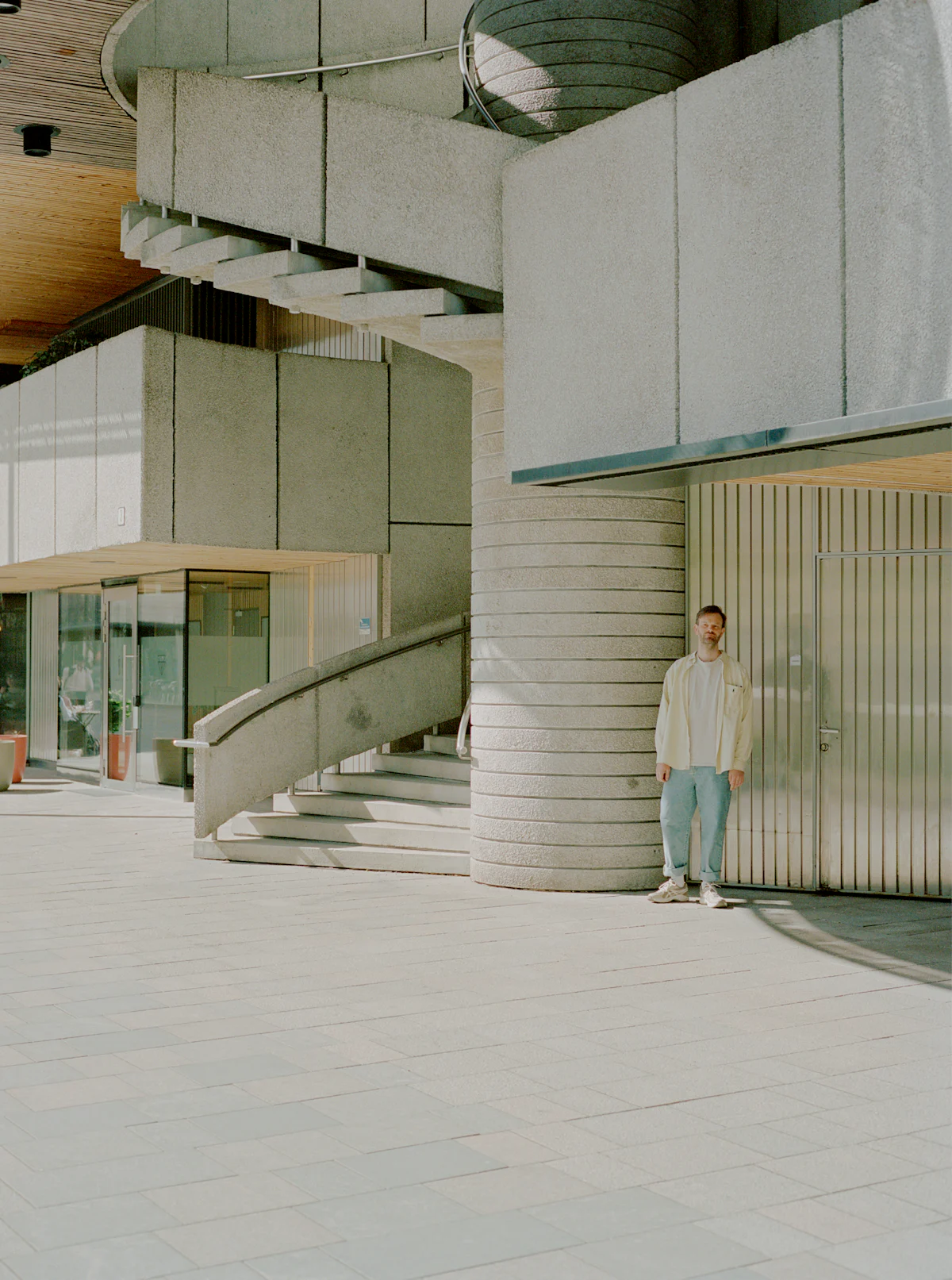
Tracing Oslo with Falke:
Gustav Vigeland Sculpture Park, Nobels gate 32
Emanuel Vigelands Museum, Grimelundsveien 8
Vestre Gravlund, Sørkedalsveien 66
Henie-Onstad kunstsenter, Sonja Henies v. 31
Szechuan Chengdu, Trondheimsveien 64
Oslo City Hall, Rådhusplassen 1
Oslomarka
Is there a place here in the city you keep coming back to – a place that feels like yours?
Oslomarka. Walking in the forest always clears my head. It’s close to the city, yet feels like another world – quiet, grounding, and full of space to think. I often come back with new ideas, or simply with a sense of calm that makes it easier to focus when I return to my work.
What, would you say, makes an object worth keeping for a lifetime?
When it feels like it belongs to you – not just as something you use, but as something you grow attached to. That can come from quality, the way it ages, or the memories associated with it. It’s the emotional resonance - the memories it evokes, the people or places it reminds you of, or the feelings it brings.
Do you have an object like that yourself - something you know you will keep forever?
I have a chair my grandfather built. It’s simple, but you can feel the care that went into it. It connects me to him and reminds me how objects carry stories. Over time, it has also become a marker of personal history - each scratch or mark a memory, a moment that adds to its significance.
If you weren’t working as a designer, how do you think you would be spending your days?
I think I would be building things anyway, maybe in architecture or carpentry. I’ve always been drawn to making - something physical that you can touch and live with.


Tracing Oslo with Falke:
Gustav Vigeland Sculpture Park, Nobels gate 32
Emanuel Vigelands Museum, Grimelundsveien 8
Vestre Gravlund, Sørkedalsveien 66
Henie-Onstad kunstsenter, Sonja Henies v. 31
Szechuan Chengdu, Trondheimsveien 64
Oslo City Hall, Rådhusplassen 1
Oslomarka
Is there a place here in the city you keep coming back to – a place that feels like yours?
Oslomarka. Walking in the forest always clears my head. It’s close to the city, yet feels like another world – quiet, grounding, and full of space to think. I often come back with new ideas, or simply with a sense of calm that makes it easier to focus when I return to my work.
What, would you say, makes an object worth keeping for a lifetime?
When it feels like it belongs to you – not just as something you use, but as something you grow attached to. That can come from quality, the way it ages, or the memories associated with it. It’s the emotional resonance - the memories it evokes, the people or places it reminds you of, or the feelings it brings.
Do you have an object like that yourself - something you know you will keep forever?
I have a chair my grandfather built. It’s simple, but you can feel the care that went into it. It connects me to him and reminds me how objects carry stories. Over time, it has also become a marker of personal history - each scratch or mark a memory, a moment that adds to its significance.
If you weren’t working as a designer, how do you think you would be spending your days?
I think I would be building things anyway, maybe in architecture or carpentry. I’ve always been drawn to making - something physical that you can touch and live with.

